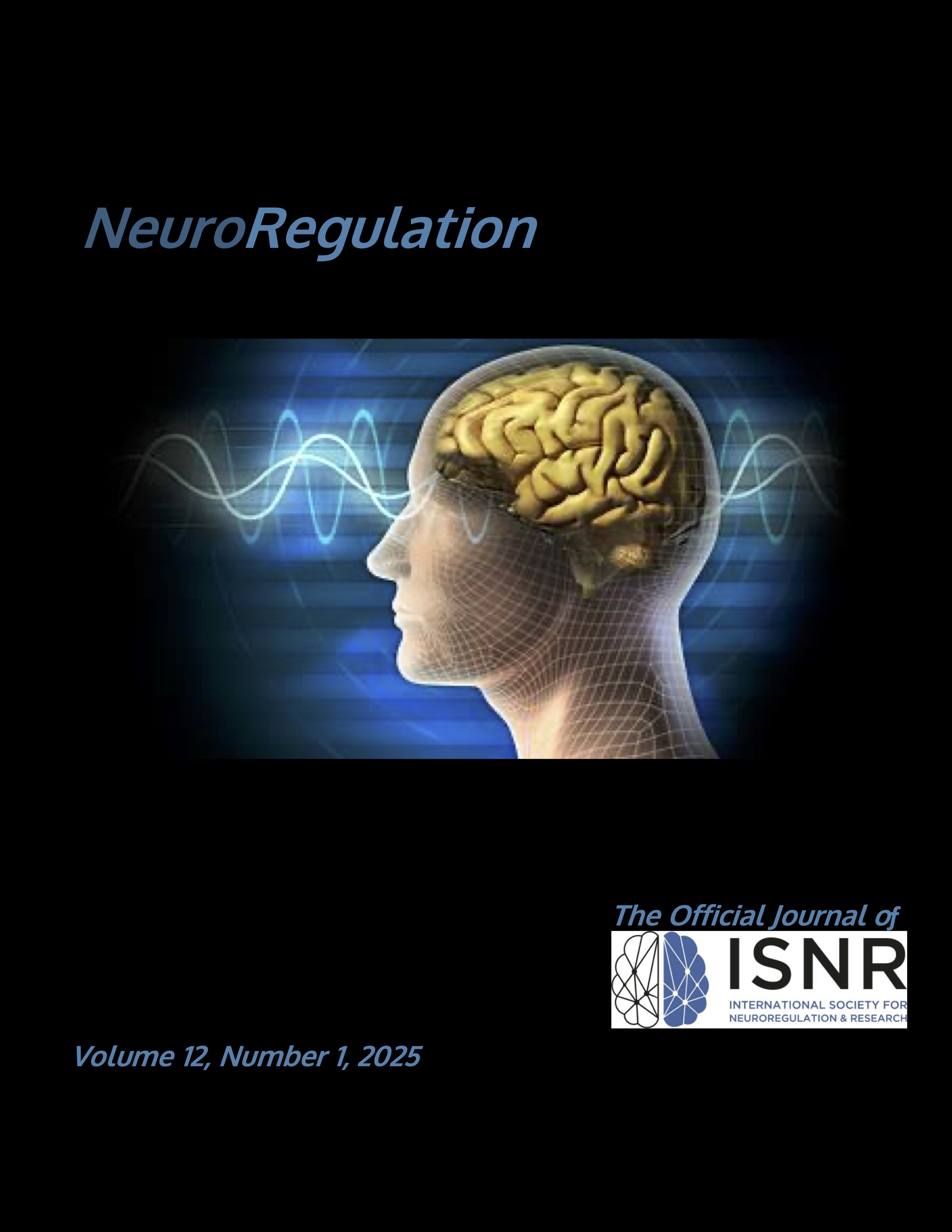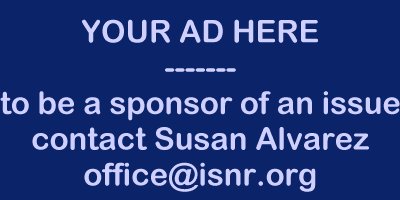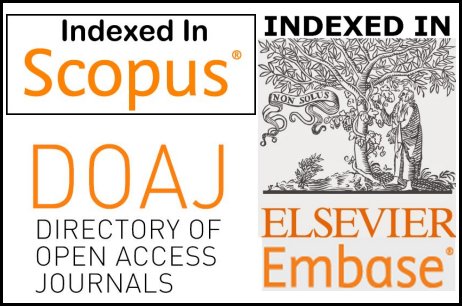Effectiveness of HRV Biofeedback in Decreasing Anger Among Adolescents With Autism Spectrum Disorder
DOI:
https://doi.org/10.15540/nr.12.1.79Keywords:
anger, autism spectrum disorder, HRV-Biofeedback, AdolescenceAbstract
This study investigates the use of heart rate variability (HRV) biofeedback to manage anger in autistic adolescents. Anger, a natural but potentially maladaptive response to stress, is particularly prevalent among adolescents and is compounded for those on the autism spectrum due to difficulties with sensory processing and communication. Previous research suggests that biofeedback is a promising tool for managing anger. This study examines the effects of HRV biofeedback, both alone and in combination with de-escalation techniques, on reducing anger frequency and intensity among three autistic adolescents. Results show a significant decrease in both anger episodes and intensity during the HRV biofeedback condition, with further reductions observed when de-escalation strategies were added. These improvements were maintained during a 6-month follow-up, indicating the potential for long-term benefits. The study suggests that HRV biofeedback, especially when paired with cognitive-behavioral strategies, may offer an effective, noninvasive, and sustainable approach to anger management for autistic adolescents.
References
Dearing, K. F., Hubbard, J. A., Ramsden, S. R., Parker, E. H., Relyea, N., Smithmyer, C. M., & Flanagan, K. D. (2002). Children's self-reports about anger regulation: Direct and indirect links to social preference and aggression. Merrill-Palmer Quarterly, 48(3), 308–336. https://doi.org/10.1353/mpq.2002.0011
Fessler, D. M. T. (2010). Madmen: An evolutionary perspective on anger and men’s violent responses to transgression. In M. Potegal, G. Stemmler, & C. Spielberger (Eds.), International handbook of anger: Constituent and concomitant biological, psychological, and social processes (pp. 361–381). Berlin, German: Springer Science and Business Media. https://doi.org/10.1007/978-0-387-89676-2_21
Francis, H. M., Penglis, K. M., & McDonald, S. (2015). Manipulation of heart rate variability can modify response to anger-inducing stimuli. Social Neuroscience, 11(5), 545–552. https://doi.org/10.1080/17470919.2015.1115777
Frank, D. L., Khorshid, L., Kiffer, J. F., Moravec, C. S., & McKee, M. G. (2010). Biofeedback in medicine: Who, when, why and how? Mental Health in Family Medicine, 7(2), 85–91.
Hillman, H., & Chapman, C. J. (2018). Biofeedback and anger management: A literature review. NeuroRegulation, 5(1), 43–49. https://doi.org/10.15540/nr.5.1.43
Lehrer, P. M., Vaschillo, E., & Vaschillo, B. (2000). Resonant frequency biofeedback training to increase cardiac variability: Rationale and manual for training. Applied Psychophysiology Biofeedback, 25, 177–191. https://doi.org/10.1023/a:1009554825745
Levey, S., & Howells, K. (1990). Anger and its management. The Journal of Forensic Psychiatry, 1(3), 305–327. https://doi.org/10.1080/09585189008408480
Lin, I.-M., Chen, T.-C., Tsai, H.-Y., & Fan, S.-Y. (2023). Four sessions of combining wearable devices and heart rate variability (HRV) biofeedback are needed to increase HRV indices and decrease breathing rates. Applied Psychophysiology Biofeedback, 48, 83–95. https://doi.org/10.1007/s10484-022-09567-x
Maiuro, R. D., Cahn, T. S., Vitaliano, P. P., Wagner, B. C., & Zegree, J. B. (1988). Anger, hostility, and depression in domestically violent versus generally assaultive men and nonviolent control subjects. Journal of Consulting and Clinical Psychology, 56(1), 17–23. https://doi.org/10.1037/0022-006X.56.1.17
Mostofsky, E., Maclure, M., Tofler, G. H., Muller, J. E., & Mittleman, M. A. (2013). Relation of outbursts of anger and risk of acute myocardial infarction. The American Journal of Cardiology, 112(3), 343–348. https://doi.org/10.1016/j.amjcard.2013.03.035
Nordqvist, J. (2017). What is biofeedback therapy and who can benefit? Medical News Today. https://www.medicalnewstoday.com/articles/265802.php
Patel, S., Day, T. N., Jones, N., & Mazefsky, C. A. (2017). Association between anger rumination and autism symptom severity, depression symptoms, aggression, and general dysregulation in adolescents with autism spectrum disorder. Autism, 21(2), 181–189. https://doi.org/10.1177/1362361316633566
Quetsch, L. B., Brown, C., Onovbiona, H., Bradley, R., Aloia, L., & Kanne, S. (2023). Understanding aggression in autism across childhood: Comparison with a non-autistic sample. Autism Research, 16(6), 1185–1198. https://doi.org/10.1002/aur.2930
Ratajczak, E., Hajnowski, M., Stawicki, M., & Duch, W. (2021). Novel methodological tools for behavioral interventions: The case of HRV-biofeedback. Sham control and quantitative physiology-based assessment of training quality and fidelity. Sensors, 21(11), Article 3670. https://doi.org/10.3390%2Fs21113670
Ryan, M. (2019). I proudly call myself autistic: Here is why. SBS. Retrieved June 9, 2024. https://www.sbs.com.au/voices/article/i-proudly-call-myself-autistic-heres-why/hgi7yl6zz
Steinberg, L., & Morris, A. S. (2001). Adolescent development. Annual Review of Psychology, 52, 83–110. https://doi.org/10.1146/annurev.psych.52.1.83
Wilde, J. (1995). Treating anger, anxiety, and depression in children and adolescents: A cognitive-behavioral perspective. Taylor & Francis. https://doi.org/10.4324/9780203768051
Downloads
Published
Issue
Section
License
Copyright (c) 2025 Heidi Hillman

This work is licensed under a Creative Commons Attribution 4.0 International License.
Authors who publish with this journal agree to the following terms:- Authors retain copyright and grant the journal right of first publication with the work simultaneously licensed under a Creative Commons Attribution License (CC-BY) that allows others to share the work with an acknowledgement of the work's authorship and initial publication in this journal.
- Authors are able to enter into separate, additional contractual arrangements for the non-exclusive distribution of the journal's published version of the work (e.g., post it to an institutional repository or publish it in a book), with an acknowledgement of its initial publication in this journal.
- Authors are permitted and encouraged to post their work online (e.g., in institutional repositories or on their website) prior to and during the submission process, as it can lead to productive exchanges, as well as earlier and greater citation of published work (See The Effect of Open Access).











